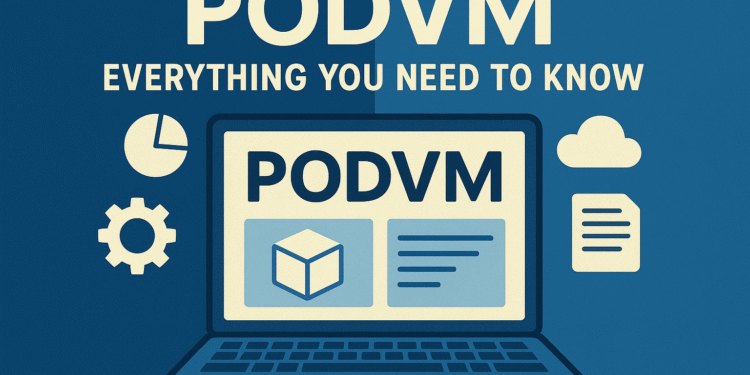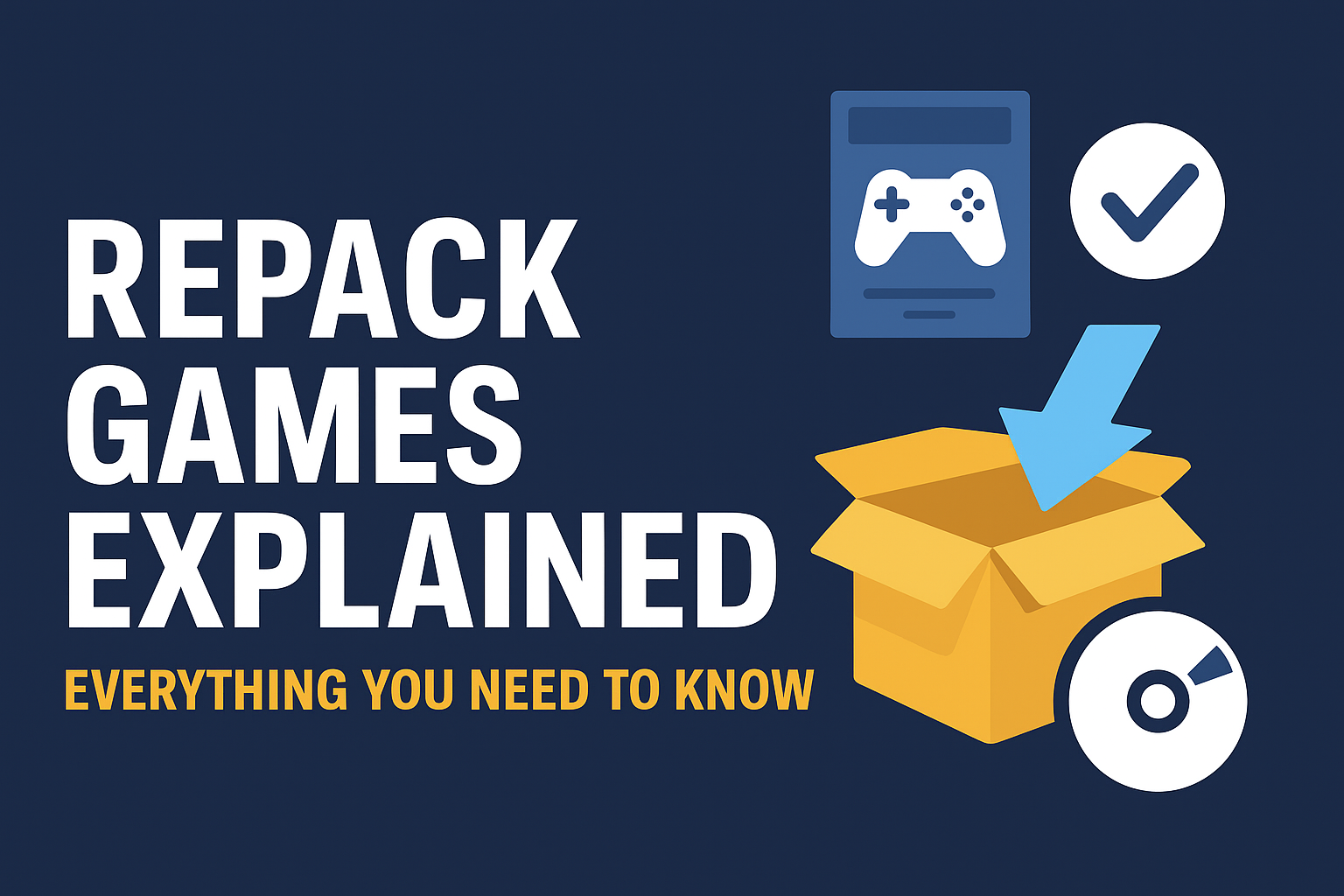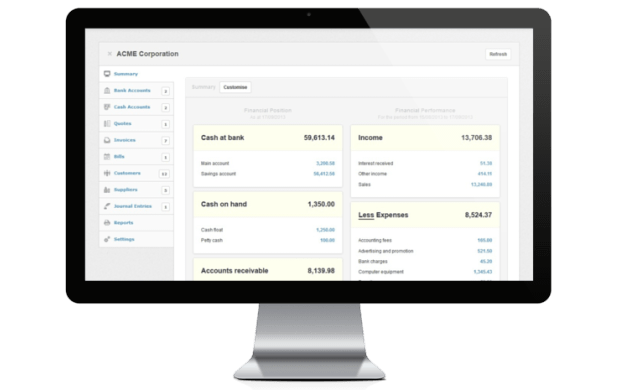In the ever-evolving landscape of cloud-native computing, the quest for the perfect balance between security, performance, and flexibility is perpetual. We have embraced containers for their agility and microservices architecture, orchestrated by powerful systems like Kubernetes. Yet, the shared-kernel model of traditional containers has often raised concerns about isolation and multi-tenancy security, especially in regulated or hostile environments. Conversely, Virtual Machines (VMs) offer robust isolation but are perceived as heavyweight and slow to start, clashing with the dynamic, elastic nature of modern applications.
Enter a new paradigm designed to bridge this fundamental gap: PodVM. This emerging concept represents a significant shift in how we think about workload isolation, merging the familiar, declarative model of Kubernetes Pods with the hardened security boundary of a virtual machine. This article delves deep into everything you need to know about this technology, from its core principles and architecture to its practical implications and future potential.
Understanding the “Why”: The Limitations of Traditional Models
To appreciate the value of PodVM, we must first understand the limitations it aims to overcome.
The Security-Insufficient Container: A standard container is a process (or a group of processes) isolated using Linux kernel features like namespaces and cgroups. While this provides a good level of isolation for many use cases, it is not impervious. A vulnerability in the container runtime or the host kernel could potentially be exploited to “break out” of the container and access other containers or the host system. This “noisy neighbor” problem is a critical concern in multi-tenant environments where different customers’ workloads run on the same physical hardware.
The Heavyweight VM: A traditional virtual machine emulates physical hardware and runs a complete guest operating system with its own kernel. This provides superb isolation but comes at a cost: resource overhead (each VM carries the weight of a full OS), slower startup times (booting a kernel takes seconds, not milliseconds), and a less native integration with the Kubernetes ecosystem.
PodVM emerges as the synthesis, aiming to provide VM-grade security while maintaining a container-like developer experience and integration with Kubernetes.
Demystifying the “What”: What Exactly is PodVM?
At its core, PodVM is not a single product but a conceptual architecture and a class of technologies. The term generally refers to a Kubernetes Pod where the traditional container runtime is replaced by a lightweight virtual machine. Instead of a container engine like containerd or CRI-O launching container namespaces, a specialized runtime instructs a hypervisor to boot a minimal, purpose-built VM that encapsulates the entire Pod.
In this model, the Pod—with all its containers, shared storage, and network namespace—runs inside a dedicated micro-virtual machine. This microVM is not a general-purpose VM running Ubuntu or Windows; it is an extremely streamlined kernel and user-space, often based on projects like LinuxKit or other unikernel-inspired designs, tailored specifically to run containerized workloads.
The entire unit of the Pod is executed within this isolated, hardware-enforced boundary. This means that the PodVM itself becomes the smallest deployable unit, inheriting the security properties of a VM while being managed through the standard Kubernetes API, just like any other Pod.
The Architecture: How PodVM Works
The magic of PodVM happens at the runtime layer. Kubernetes uses a Container Runtime Interface (CRI) to communicate with the underlying container runtime. To enable PodVM functionality, a new kind of CRI-compatible runtime is introduced. The most prominent examples of this are Kata Containers and Firecracker (often used with its own CRI plugin).
Here is a step-by-step breakdown of the workflow:
The Declarative Request: A user defines a Pod manifest in a YAML file, just as they always would. To request that this Pod should run as a PodVM, they specify a
runtimeClassName. For example,runtimeClassName: kata-containers.The Kubernetes Scheduler: Kubernetes schedules this Pod onto a node that supports the requested runtime, unaware of the underlying complexity. It simply sees a node with the appropriate
runtimeClassresource.The Specialized Runtime Takes Over: The
kubeleton the target node, via the CRI, instructs the Kata Containers (or equivalent) runtime to create the Pod.MicroVM Instantiation: Instead of creating Linux namespaces, the runtime communicates with a hypervisor (like QEMU or Firecracker) to instantly boot a lightweight virtual machine. This microVM is pre-configured with a minimal kernel and just enough operating system to host a container runtime.
Pod Execution Inside the VM: Inside the newly created microVM, a small
containerdinstance runs. This innercontainerdthen pulls the container images and starts the containers defined in the original Pod spec. All the inter-container communication within the Pod happens inside the microVM, exactly as it would on a standard host.Seamless Integration: To the outside world—to the Kubernetes network, storage plugins, and control plane—the PodVM looks and behaves exactly like a regular Pod. It gets an IP address from the cluster’s CNI, volumes are mounted, and it can be accessed via Services and Ingresses.
This architecture provides the best of both worlds: the security isolation of VMs and the operational simplicity of Kubernetes Pods.
What is a pod in VM?
This question can be interpreted in two ways, both of which are central to understanding PodVM. In a traditional sense, it could mean running a Kubernetes Pod on a virtual machine node (e.g., a node running on an AWS EC2 instance). This is a common deployment model but doesn’t change the container’s security model. In the context of PodVM, a “pod in a VM” refers to the core architectural principle: an entire Kubernetes Pod (all its containers) running inside a dedicated, lightweight virtual machine. This microVM acts as the secure, isolated sandbox for the Pod, providing hardware-enforced boundaries that are far stronger than container namespaces.
What is a pod used for?
A Pod is the smallest and simplest unit in the Kubernetes object model. It represents a single instance of a running process in a cluster. A Pod encapsulates one or more application containers (such as Docker containers), shared storage (volumes), a unique network IP, and options that govern how the container(s) should run. Pods are typically used in two main ways:
Single-Container Pods: The most common use case, where a Pod wraps a single container. Kubernetes manages the Pod rather than the container directly.
Multi-Container Pods: Used for co-located, co-managed helper containers that need to share resources. A classic example is a web server container and a logging sidecar container that streams logs to a remote service. These containers share the same network namespace and can communicate via localhost, and they can also share storage volumes.
What is a pod vs. a container?
This is a fundamental distinction in Kubernetes.
A Container is a standardized unit of software that packages up code and all its dependencies so the application runs quickly and reliably from one computing environment to another. It is a runtime instance of a container image.
A Pod is a Kubernetes-specific abstraction that groups one or more containers. It provides a higher-level context for the containers. Think of the Pod as a logical “host” for the containers. The containers within a Pod share key Linux namespaces (like network and IPC), allowing them to interact closely as if they were on the same machine. You never run a container directly in Kubernetes; you always run a Pod, which contains the container(s).
Is a Kubernetes pod a VM?
No, a standard Kubernetes Pod is definitively not a Virtual Machine. A traditional Pod is a group of containers that share namespaces on a Linux host; they run on top of the host’s operating system kernel. This shared-kernel model is what makes containers so lightweight and fast. A Virtual Machine, in contrast, has its own guest operating system and kernel and is abstracted from the physical hardware by a hypervisor. The PodVM concept blurs this line by making a Pod run inside a VM, but the Pod itself remains a Kubernetes abstraction, not a VM.
The Key Technologies Powering the PodVM Ecosystem
The PodVM model is enabled by several groundbreaking open-source projects:
Kata Containers: Arguably the most mature implementation of the PodVM concept. It merges technology from Intel’s Clear Containers and Hyper.sh’s runV. Kata uses a hypervisor (QEMU/Lite) to create lightweight VMs that are optimized to run containers, offering a seamless CRI-compatible interface.
Firecracker: Developed by Amazon Web Services to power their serverless offerings like AWS Lambda and AWS Fargate. Firecracker is a virtual machine monitor (VMM) that specializes in creating and managing secure, lightweight microVMs. It is renowned for its minimal overhead, fast startup times (sub-second), and strong security boundaries. It is a key enabler for many modern PodVM-like runtimes.
gVisor: While not a true PodVM technology, gVisor solves a similar security problem through a different approach. It runs the container with a specialized, user-space kernel (the “Sentry”) that implements Linux system calls, acting as a protective layer between the application and the host kernel. It offers stronger isolation than plain containers but less than a full microVM, representing a middle ground in the security-performance spectrum.
Use Cases: Where Does PodVM Shine?
Not every workload needs the isolation of a PodVM. However, it is indispensable in several critical scenarios:
Hostile Multi-Tenancy: In environments like public cloud platforms or large enterprises where untrusted code from different users or departments runs on the same cluster, PodVM provides the necessary “blast radius” containment to prevent a security breach in one workload from affecting others.
Regulated and Compliance-Heavy Industries: For sectors like finance (PCI-DSS) and healthcare (HIPAA), the hardware-level isolation provided by PodVM can be a key enabler for passing audits and meeting strict compliance requirements for data separation.
Legacy Application Modernization: Migrating a monolithic, security-sensitive application to Kubernetes can be daunting. Running it inside a PodVM provides a safer migration path, as the application retains a stronger isolation boundary similar to what it had on a dedicated VM.
High-Value Target Protection: Workloads that handle cryptographic keys, sensitive intellectual property, or act as a security enforcement point (like a policy engine) benefit immensely from the added protection against kernel-level exploits.
Challenges and Considerations
Adopting PodVM is not without its trade-offs:
Performance Overhead: While the overhead of a microVM is much lower than a traditional VM, it is not zero. There is still a minor cost in memory and CPU due to the hypervisor, which may be unacceptable for ultra-performance-sensitive applications.
Startup Latency: Booting a microVM, even a lightweight one, is slower than starting a container. For functions that require instantaneous, sub-second scaling (like some serverless workloads), this can be a limiting factor, though projects like Firecracker have made tremendous strides here.
Operational Complexity: Introducing a hypervisor and a new runtime layer adds complexity to the node’s configuration and maintenance. Debugging issues can also be more complex, as it involves understanding both the Kubernetes layer and the hypervisor layer.
Resource Density: Because each Pod carries the minimal overhead of its own kernel, you cannot pack as many Pods onto a single node as you can with traditional containers. This can lead to a slight increase in infrastructure costs.
The Future of PodVM
The trajectory of PodVM is closely tied to the evolution of confidential computing. Technologies like AMD SEV (Secure Encrypted Virtualization) and Intel SGX (Software Guard Extensions) allow for the encryption of a VM’s memory, even from the hypervisor itself. The combination of PodVM with these confidential computing technologies paves the way for “Confidential Pods,” where the entire workload is encrypted in memory, providing the highest level of data security in the cloud. This represents the ultimate convergence of cloud-native agility and hardware-level security, making the PodVM architecture a cornerstone for the next generation of secure, distributed applications.
Conclusion
PodVM is far more than a technical curiosity; it is a necessary and powerful evolution in the cloud-native stack. It directly addresses the most significant weakness of the container model—isolation—without sacrificing the operational benefits of Kubernetes. By understanding its principles, architecture, and trade-offs, platform engineers and security architects can make informed decisions about where and how to deploy this technology. For workloads where security is non-negotiable, the ability to define a Pod that runs with the hardened boundary of a virtual machine is not just an option; it is the future of secure cloud-native computing.








Comments 1